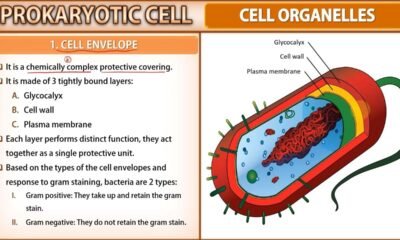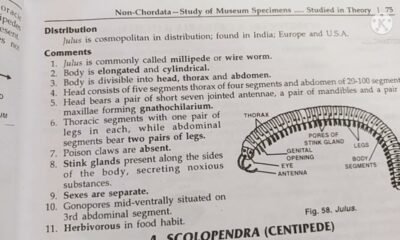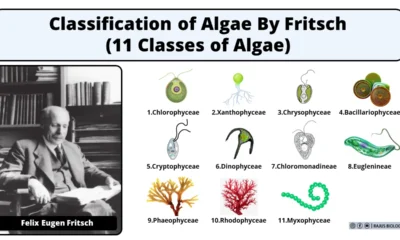Blog
Spore Dispersal Mechanism in Fungi (4 Types of Spore Dispersal)
In this article we will discuss about spore dispersal mechanism in fungi :- Air Borne Spores, Pressure, Animals and Fluid Spore Dispersal
Spore Dispersal Mechanism in Fungi
- Fungal spores are microscopic that allow fungi to be reproduced, serving a similar purpose to that of seeds in the higher plant.
- Large number of spore production is not only the reason for abundance of fungi.
- The spore dispersal mechanisms in fungi help spread spores over long distances.
- There is also a practical reason why it is important for fungi to disperse their spores.
- Prevents overcrowding near the parent mycelium, ensuring food availability and survival.
Types of Spore Dispersal Mechanism in Fungi
1. Air Borne Spores
- These spores are dry spores they do not readily soak up in water and are said to be hydrophobic.
- Although this may not be very intuitive, the initial resistance of these spores to water makes a great deal of sense.
- The absorption of water by spores would give them extra weight, making it more difficult for them to stay afloat.
- The majority of the known species of fungi disperse their spores by wind.
- Most fungal spores being deposited within about 200m from their point of liberation. Some spores travel long distances.
- E.g. Puccinia gramminis, the wheat stem rust fungus, from Australia to New Zealand
2. Pressure
- In some fungi, the spores are held in a mass inside a more or less spherical ball.
- There is a small pore in the wall on the top of the ball.
- Raindrops or animal contact placing pressure on the top of the ball will force the spores inside to puff out and be carried away by air currents.
- There will be more air currents higher up which help the spores to disperse further.
- E.g., Puffballs and earthstars
3. Animals
- Fungi, such as stinkhorns use insects to disperse their spores.
- The stinkhorn fruiting body has a slimy spore mass which smells like carrion.
- This attracts insects which normally feed on carrion, particularly flies and as they walk around in the spore mass, spores stick to their feet and bodies.
- When they fly away, the spores will be transferred to other places.
4. Fluid
- Ink Caps fungi use a quite different method to disperse their spores.
- They are gill fungi in which the gills break down as they mature.
- This results in a dripping black inky fluid containing the spores.
- At one time this fluid was used as ink, giving these fungi their common name.
- Bird’s Nest fungi produce fruiting bodies which resemble a bird’s nest.
- These are hollow structures containing small hard packets of spores called peridioles
- Rain drops in heavy storms splash into the ‘nest’ structure ejecting the peridioles some distance from the fruiting body.

 Blog6 months ago
Blog6 months ago[PPT] Human Reproduction Class 12 Notes
- Blog6 months ago
Contribution of Indian Phycologists (4 Famous Algologist)
- Blog6 months ago
PG TRB Botany Study Material PDF Free Download

 Blog6 months ago
Blog6 months agoCell The Unit of Life Complete Notes | Class 11 & NEET Free Notes

 Blog6 months ago
Blog6 months ago[PPT] The living world Class 11 Notes

 Blog6 months ago
Blog6 months agoJulus General Characteristics | Free Biology Notes

 Blog6 months ago
Blog6 months agoClassification of Algae By Fritsch (11 Classes of Algae)
- Blog6 months ago
Class 12 Biology Notes Chapter wise PPT











